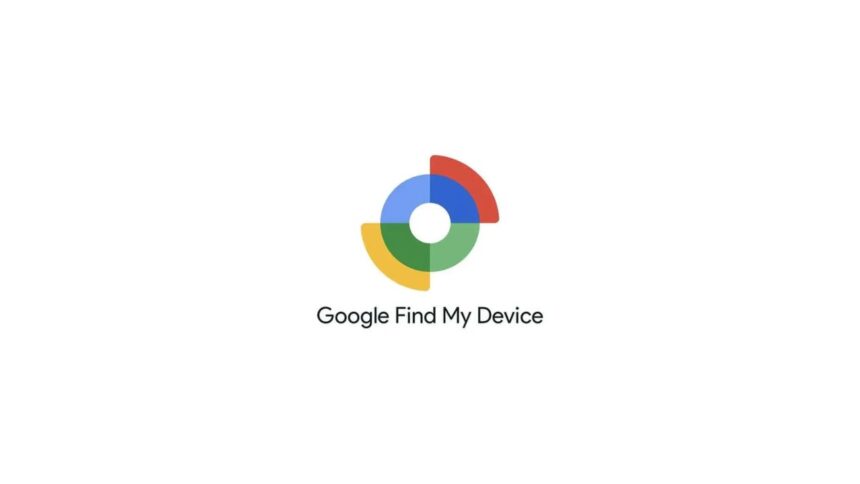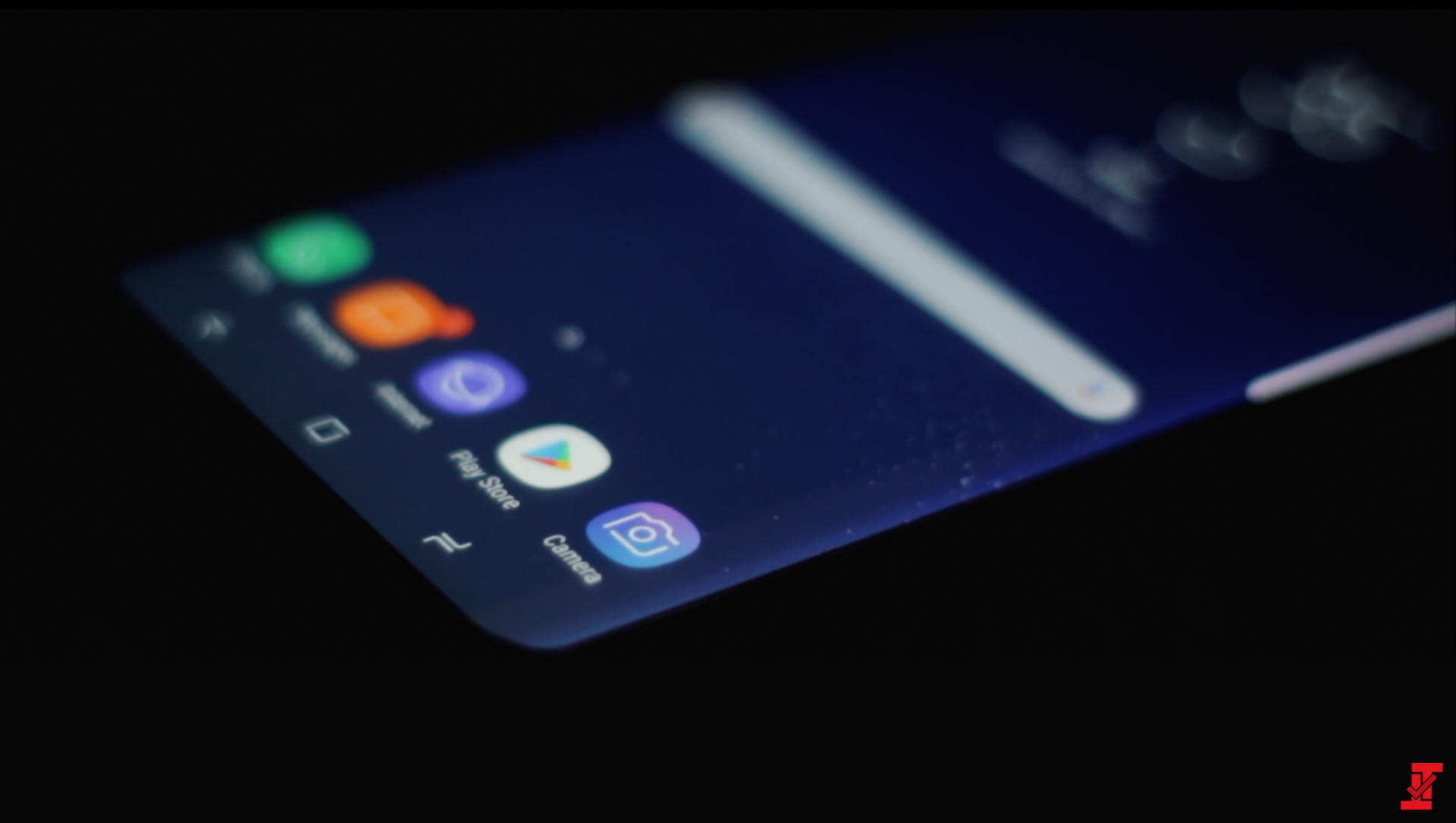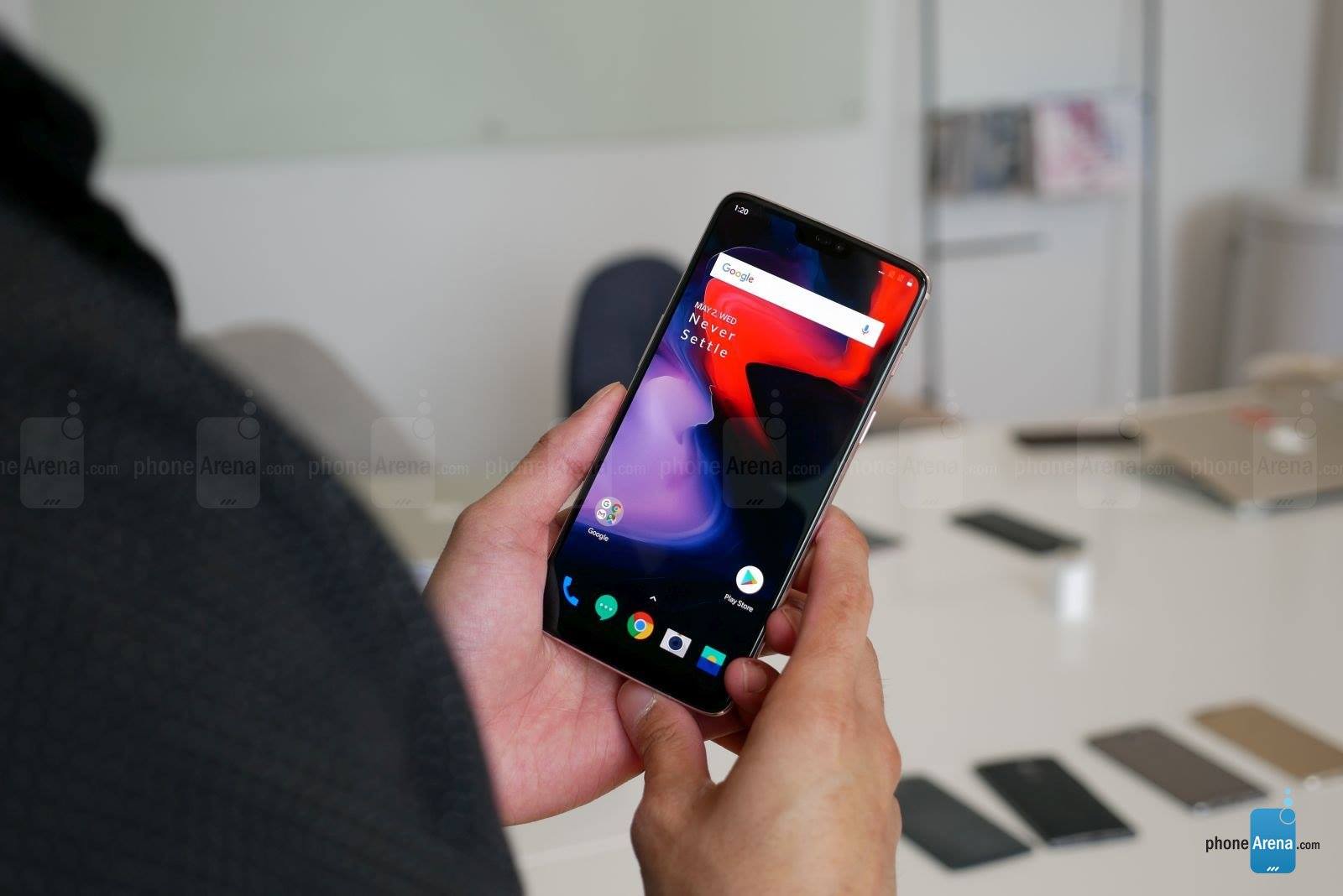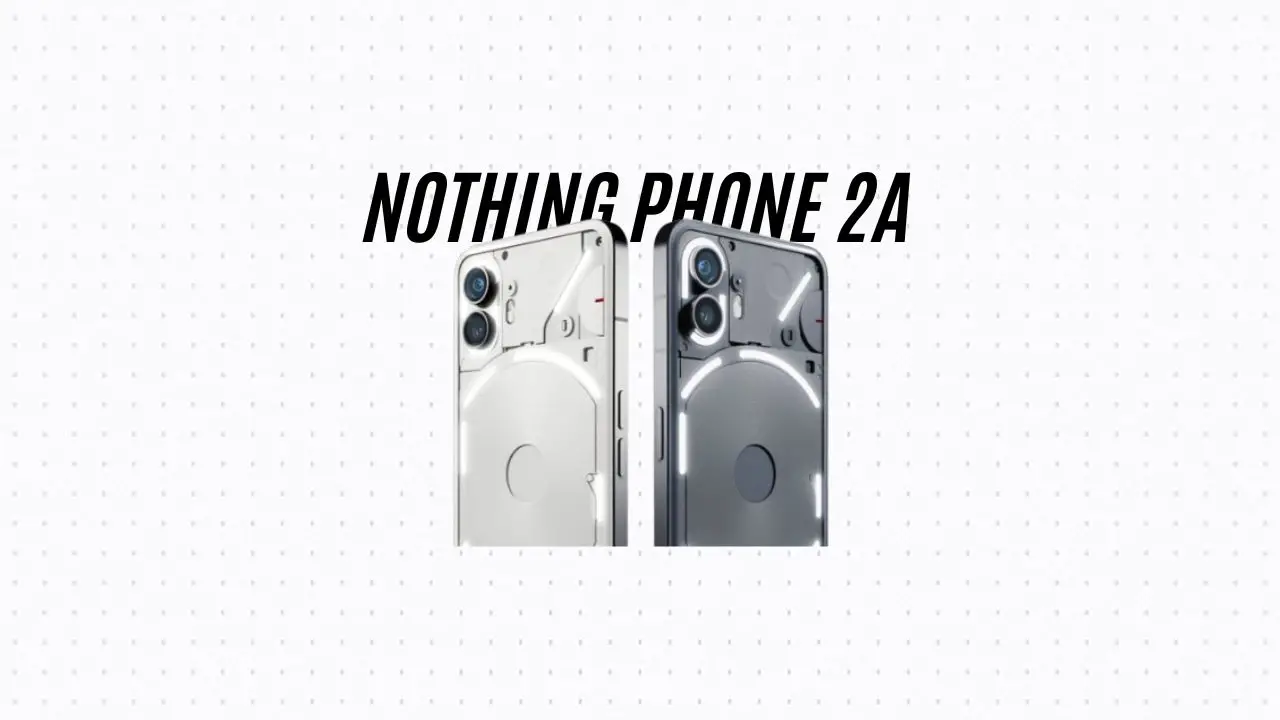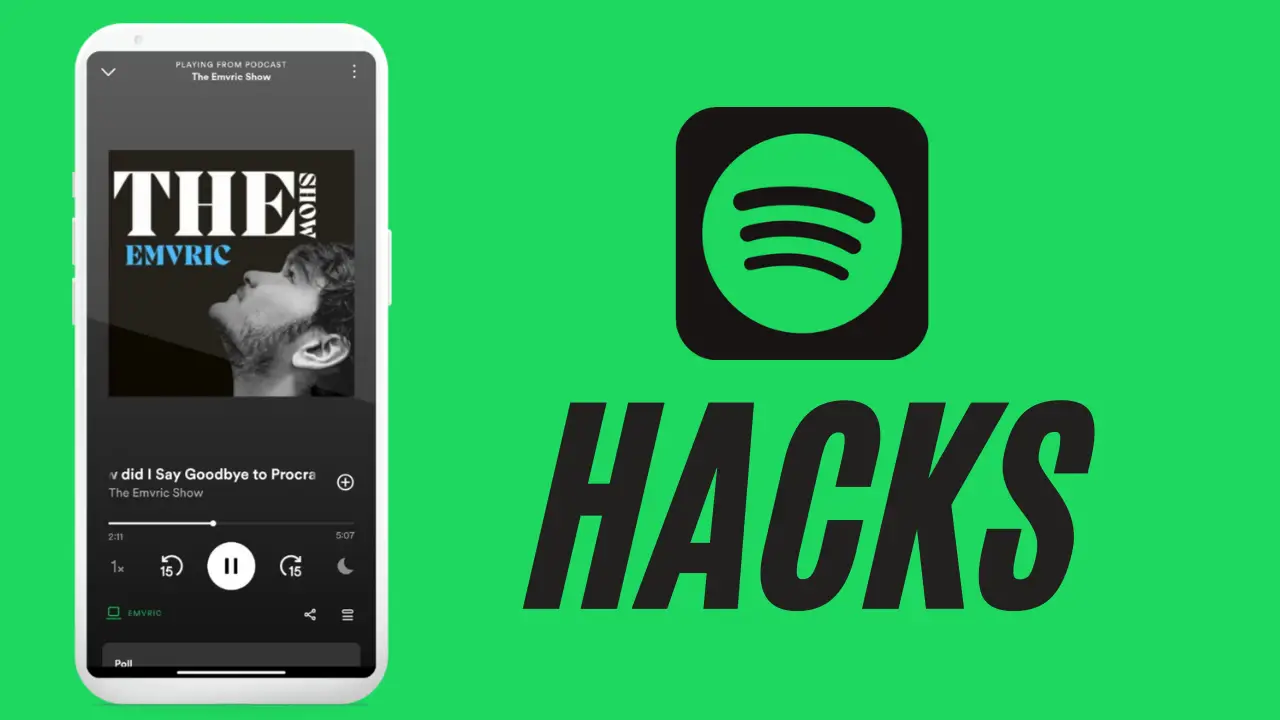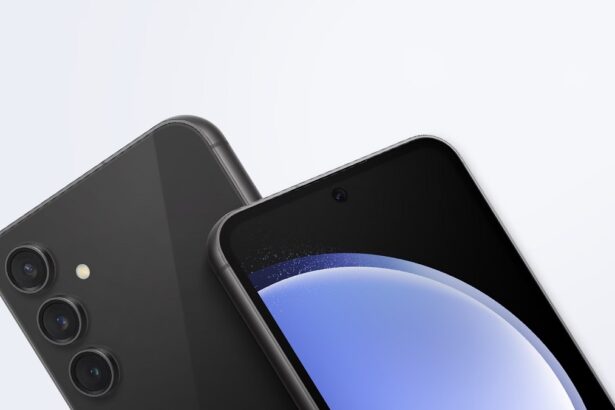- Google's Find My Device now enables tracking of offline Android phones, addressing a longstanding limitation for users.
- Integration with Bluetooth tracker tags from Chipolo and Pebblebee expands Find My Device's utility to locating frequently misplaced items.
- Enhanced privacy features and security measures ensure user data protection while utilizing Find My Device's robust tracking capabilities.
Google has announced a substantial enhancement to its Find My Device service, providing Android users with a robust solution for locating misplaced devices and everyday essentials. This upgrade, which expands upon the extensive network of more than one billion Android devices, helps to retrieve lost items quickly and securely.
Google Unveils Major Upgrade to Find My Device
Among all the innovations is the fact that it is possible to trace a phone that has been turned off or has no battery. Previously, Find My Device was rendered ineffective in such scenarios, leaving users stranded.
But the noticeable upgrade is that phones and tablets from the latest version of Android can be located on the map or rung even if they are offline. Notably, owners of Pixel 8 and 8 Pro devices enjoy an added advantage – their phones can be located even when turned off.
In a forthcoming update set for May, Google plans to integrate Find My Device with Bluetooth tracker tags from renowned brands like Chipolo and Pebblebee. This development allows anyone to pinpoint frequently misplaced items including keys, wallets, and luggage directly on the App.
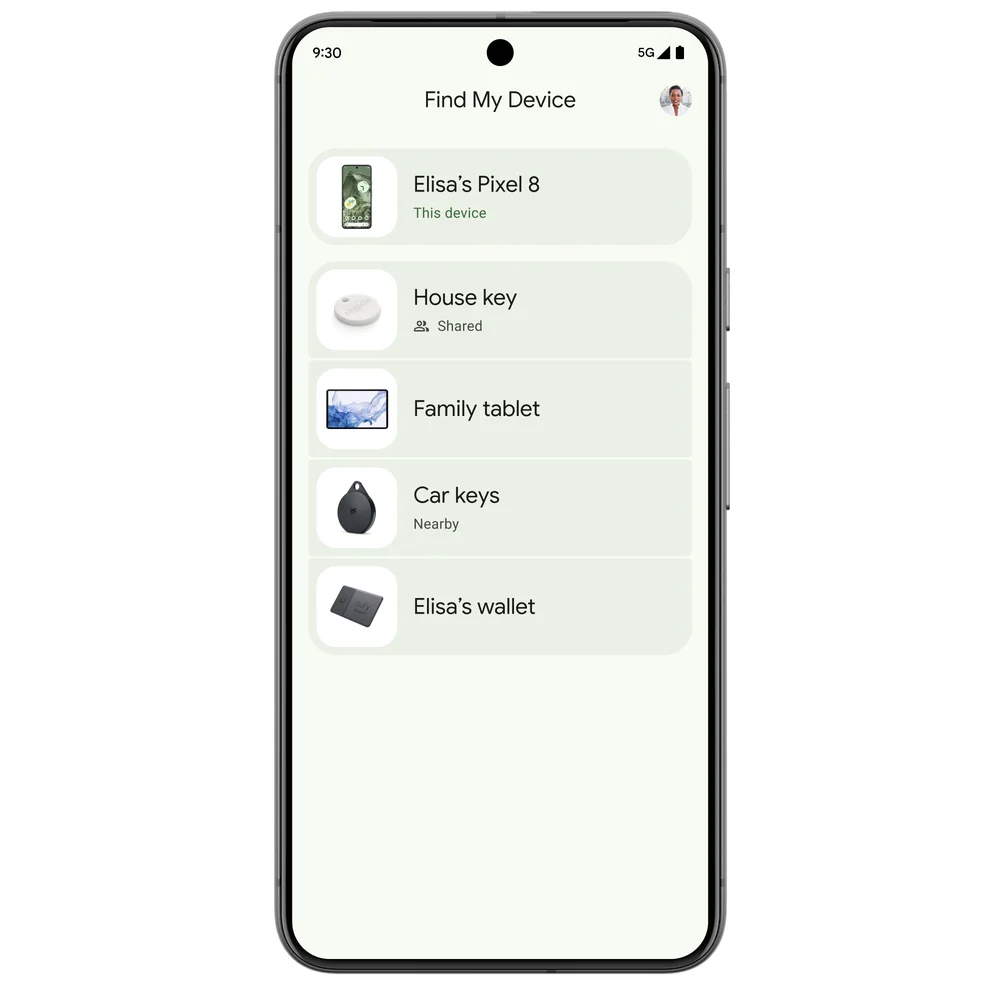
These tags, specifically designed for the Find My Device network, provide an additional layer of security by triggering “unknown tracker alerts” on both Android and iOS devices, guarding against unauthorized tracking.
The introduction of the “Find Nearby” feature simplifies the process of locating lost devices within proximity. Thanks to Bluetooth technology, this feature can now help users pinpoint the exact location of their lost device without any effort. This capability will extend to tracking Bluetooth tags when they become available in May.
Users will now benefit from seamless integration between the Find My Device app and Nest devices, facilitating the swift retrieval of lost items within the confines of their homes. Through this integration, a person looking for missing things has a convenient reference point to estimate the proximity of their misplaced possessions.
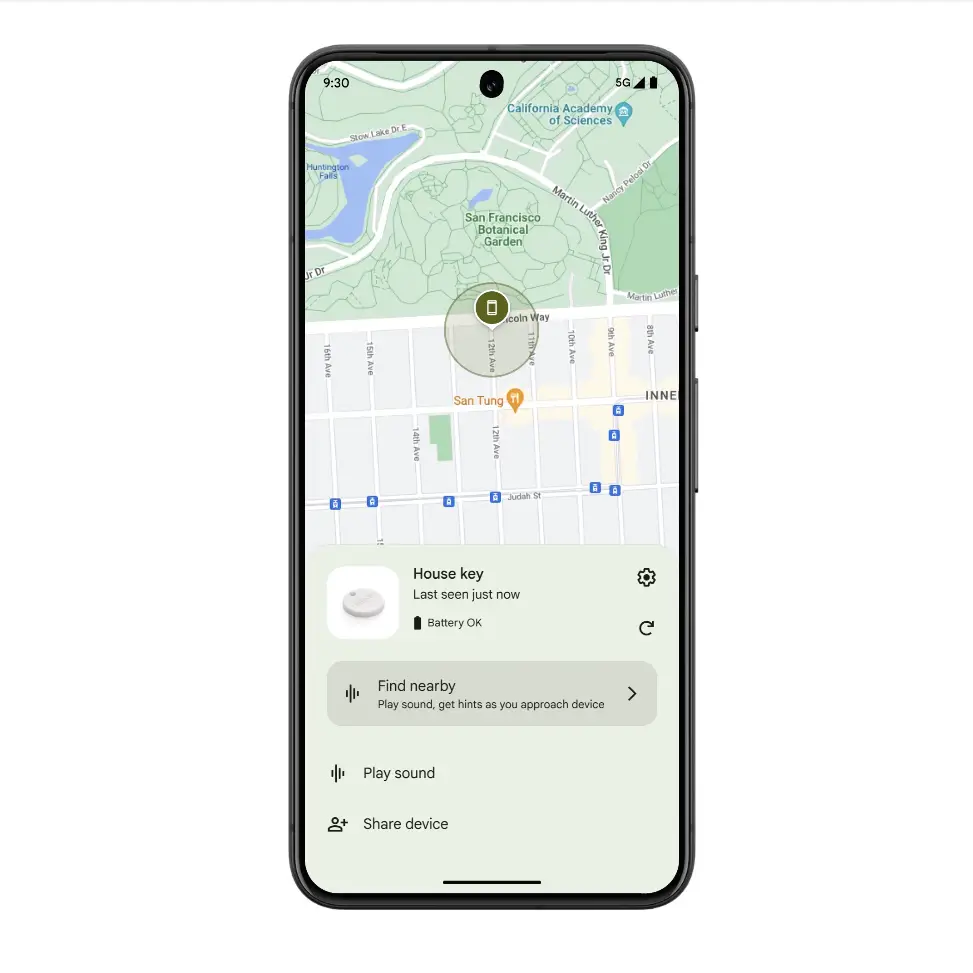
Sharing access to essential items with friends and family is now possible through Find My Device. With this interactive manner, all in the house can find a lost object, starting from the house keys up to TV remotes or suitcases.
Google emphasizes the importance of user privacy and security in location tracking. Find My Device has several privacy features which include the end-to-end encryption of location data, privacy-preserving location reporting, and the short storage period of data.
Additionally, the system implements enhanced security measures such as aggregation by default, at-home privacy zones, rate limiting, throttling, and unknown tracker alerts to safeguard user information and prevent unwanted tracking attempts.
The new and improved Find My Device has been given a step-by-step rollout all around the world, with the U.S. and Canada being the first to receive the update. The service is compatible with devices running Android 9 or later. Also, the JBL and Sony as the headphone brand leaders are supposed to integrate their future software updates into the Find My Device network.
In a nutshell, the latest iteration of Find My Device by Google is set to deliver a more advanced app for Android that will assist in finding misplaced items. Whether it’s locating misplaced phones or tracking everyday essentials, this solution leverages the power of Google’s vast network while upholding stringent standards of user privacy and security.
